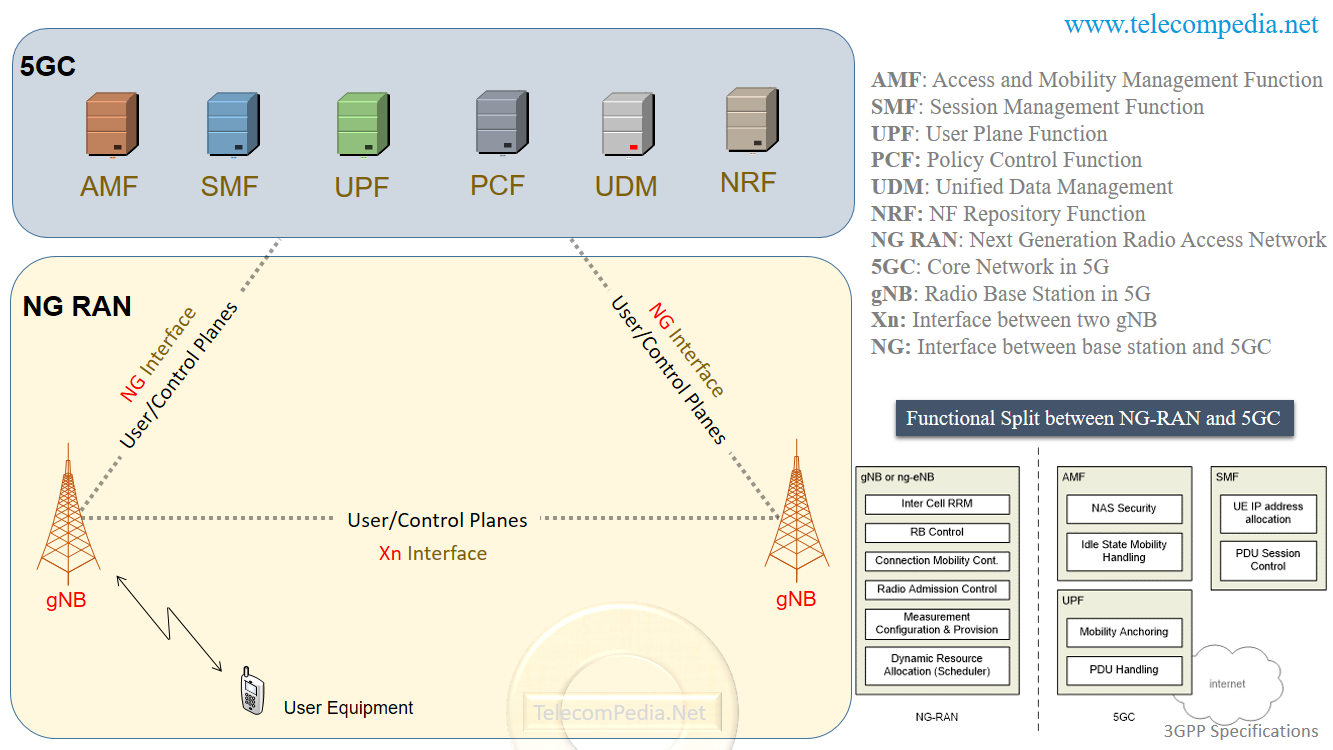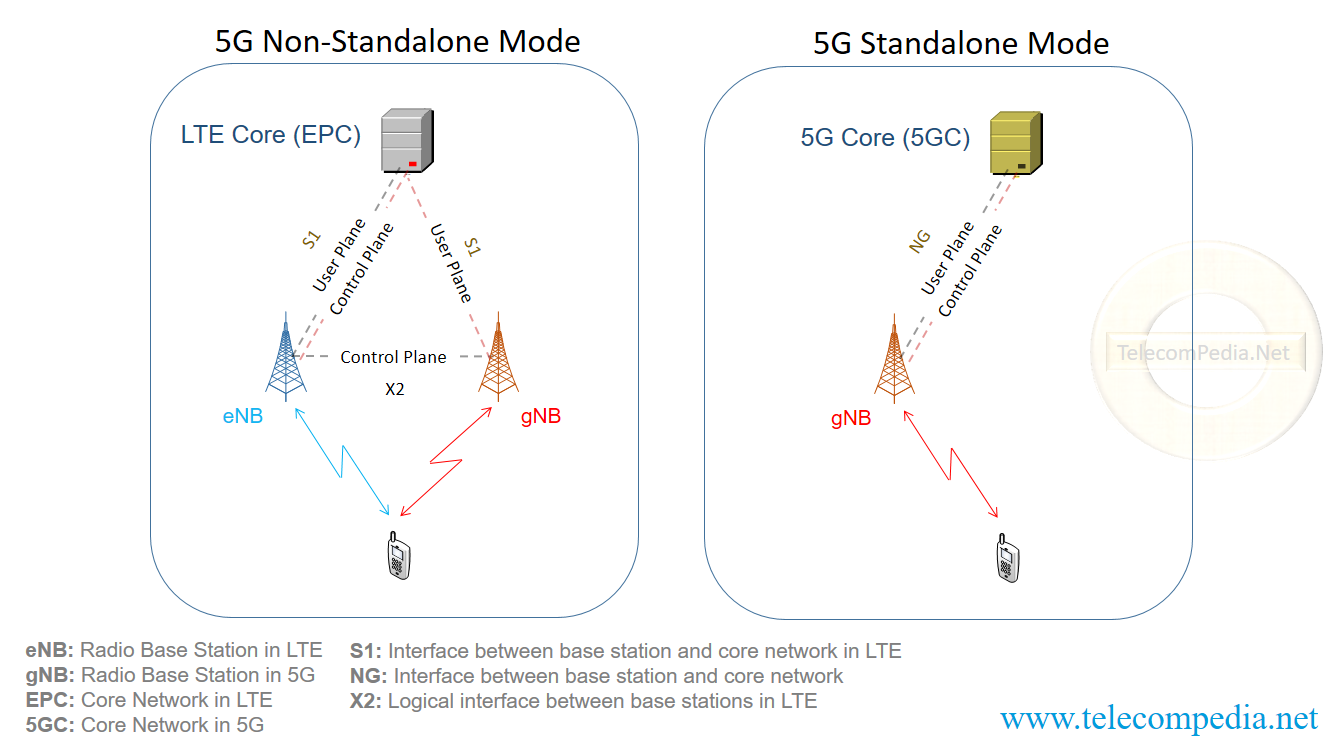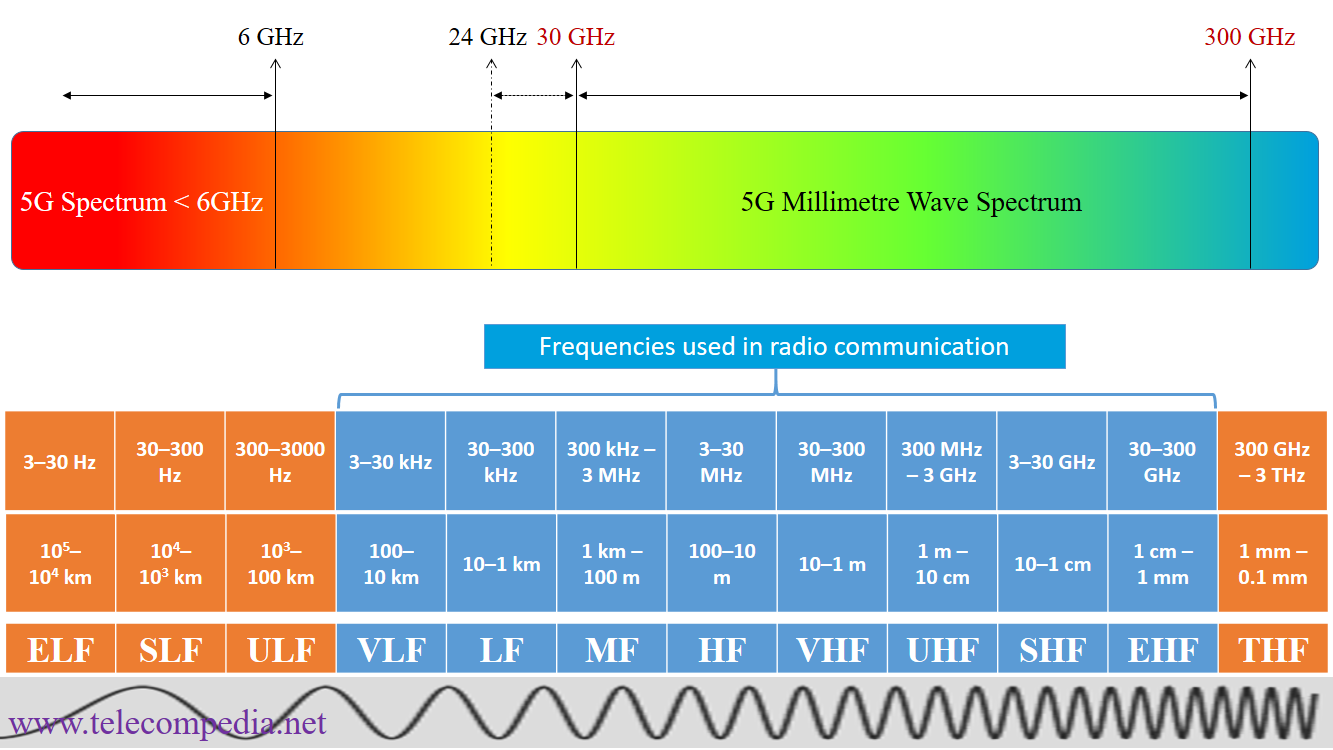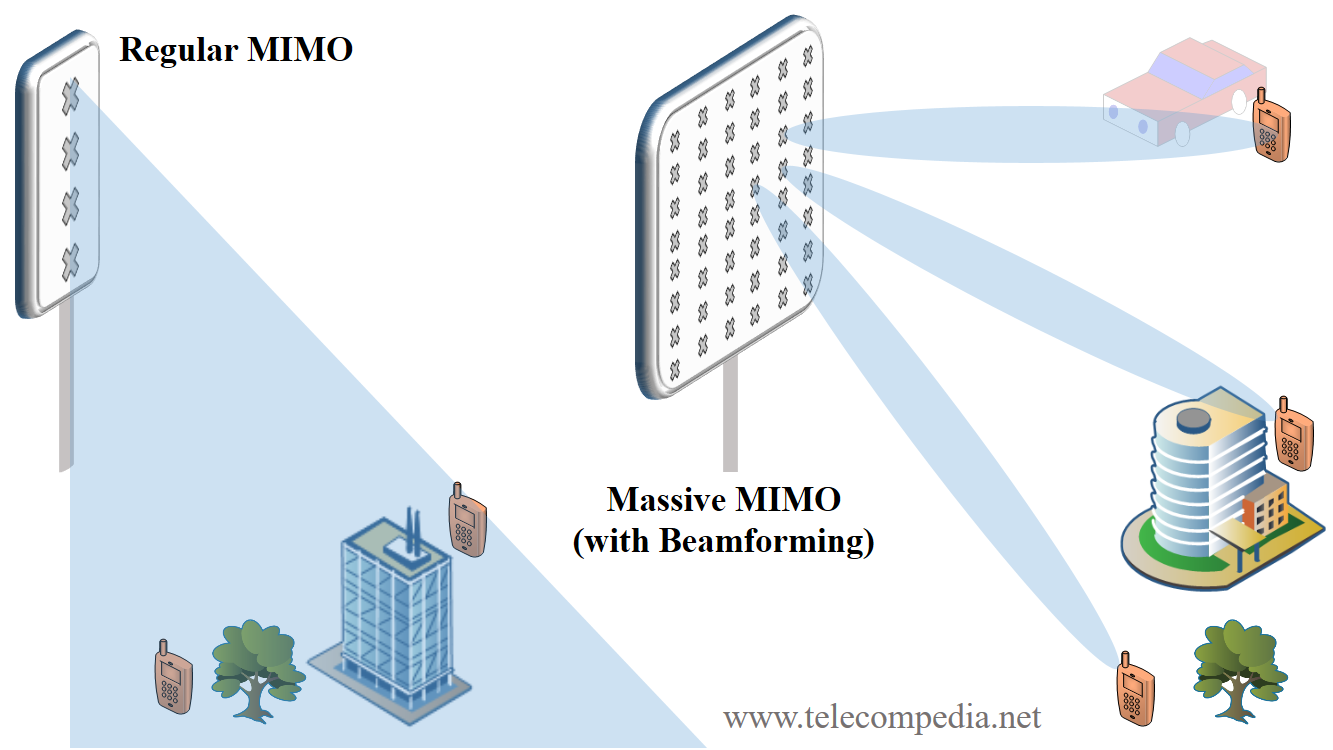In this article general overview of 5G will be described, we need to remind that the 3GPP technical specifications for 5G are not fully completed yet. Recently (on 20th of December 2017) at Lisbon – Portugal during the 3GPP’s quarterly plenary meeting, announced the completion of first 5G NR specifications. It was Non-standalone 5G NR specifications. The details was described below. NR means “New Radio”.
— 5G Introduction
— 5G Overall Architecture
— Radio Deployment Modes
— Millimeter Waves
— Massive MIMO
— Beamforming
— Radio Resources
5G Introduction:
The aim of 5G is to provide higher capacity than current technologies, more data speed, lower latency, lower battery consumption, better environment to implement “Internet of Things” and of course all these things are for user satisfaction.
There are some technologies which are key features to achieve the targets in 5G: Millimeter Waves, Massive MIMO and Beamforming. 3GPP specifications are not finished yet for 5G, so the key features might be increased in the future.
5G Overall Architecture:
As legacy technologies, also 5G mainly consists of radio base stations and core network elements.

Simple comparison table
| GSM | WCDMA | LTE | 5G |
| GERAN | UTRAN | EUTRAN | NG-RAN |
| BTS | NodeB | eNodeB | gNB |
| BSC | RNC | – | – |
5G network elements and their main functions
• AMF — Access and Mobility Management Function: Access Authentication, Mobility
Management Control, NAS signalling security, AS Security control, Registration Area management.
• SMF — Session Management Function: UE IP allocation and management, Control part of policy enforcement and QoS.
• UPF — User Plane Function: Anchor point for Intra-/Inter-RAT mobility, Packet routing & forwarding.
• PCF — Policy Control Function: Packet routing & forwarding, Packet routing & forwarding.
• UDM — Unified Data Management: Packet routing & forwarding.
• NRF — NF Repository Function: This is a new functionality that provides registration and discovery functinality so that network functions (NF) can discover each other and communicate via application progamming interfaces.
• gNB: Node providing NR (New Radio) user plane and control plane protocol terminations towards the UE, and connected via the NG interface to the 5GC.
These are main function of gNB:
Radio Bearer Control, Radio Admission Control, Connection Mobility Control, Dynamic allocation of resources to UEs in both uplink and downlink, IP header compression, encryption and integrity protection of data.
Radio Deployment Modes:
As mentioned above, recently 3GPP announced the completion of first 5G NR specifications. It was non-standalone 5G NR specifications, so it means 5G base station (it is called as gNB) is allocated with an LTE eNodeB and connected to the 4G Core Network (EPC) with S1-U interface to carry user traffic. But user control plane is connected over LTE eNodeB to the core. In this scenario the 5G works as a secondary cell to improve throughput and capacity.
For standalone architecture 5G core network is required to deploy, which is called as NG-Core or 5GC. Here “NG” means Next Generation.

Millimeter Waves:
Target of 5G is to provide higher capacity and more internet speed, but how? Most of the frequency bands are occupied and used by the existing technologies. So there should be a new band which has never been used in large scale. And there is such kind of band which is “Millimeter Waves” and the range is between 30 GHz and 300 GHz. Why do we call it as “millimeter”? Because its wavelength is too small if we compare it with existing used frequencies. Wavelength starts from 10 mm to 1 mm and that is the reason it is called as “millimeter waves”. Abbreviated version is “mmWave”
Currently following frequency ranges are allocated for 5G usage, it might be changed in the future:
| Frequency Range | Corresponding Frequency Range |
| Range_1 | 450 MHz – 6000 MHz |
| Range_2 | 24250 MHz – 52600 MHz |
There is a drawback of millimeter waves, the waves cannot easily penetrate buildings or obstacles because of shorter wavelengths. To handle this issue there are several solutions, which two of them are:
Small cells: mini base stations with less power, we can call it as street level sites.
Massive MIMO: will be described on the next clause.

Massive MIMO:
MIMO means multiple input multiple output. Currently legacy MIMO is being used by GSM, WCDMA or LTE technologies. It might be 2T2R, 4T4R or 8T8R (here “T” is the transmitting part, and “R” is the receiving part). There is an advanced version of legacy MIMO which is called “Massive MIMO” or “Very Large MIMO”, “Hyper MIMO”. It is applicable to be used in 5G base stations and can support about a hundred ports even more, which means many antennas can allocate on a single array. Consequently a base station can send and receive signals from many users at once, increasing coverage and capacity in the network. Massive MIMO is not only limited with 5G mmWave spectrum, it can also be used in LTE-Advanced Pro or 3500 MHz at 5G.
We can give a question, if number of antenna elements are huge then what about size of antenna panel? It is ok, no issue. Because wavelength of mmWave is too small then size of antenna elements will be smaller.
One more question, if there are many antenna elements and signals are crossing each other. Will it cause for interference? There is a solution for this case. It is beamforming.
Beamforming:
Beamforming is a signal processing technique for radio base stations which identifies the most effective route for data delivery to a particular user. As mentioned above, mmWave cannot easily pass through buildings or obstacles. With Beamforming technique, a signal will be focused and directed to a user, rather than transmitting in many directions at once. Consequently it reduces interference for the neighboring users and can strengthen the signal due to concentrating on one user.

Radio Resources:
There is no too much variations in radio part and it is similar to LTE with some changes. Multiple OFDM subcarrier spacing are supported in 5G. It is called “Numerologies”. In LTE it was just 15kHz. 5G radio part will be described with details and shared soon.


excellent